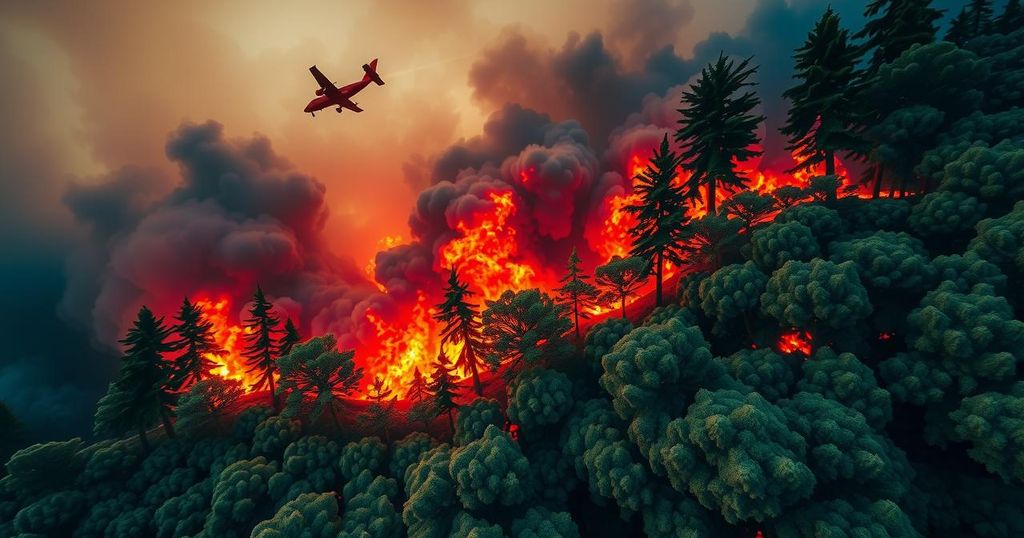Weather
AFRICA, AUSTRALIA, BUREAU OF METEOROLOGY, CLIMATE, CUBA, CYCLONE ZELIA, EVACUATIONS, GHANA, NORTH AMERICA, OCEANIA, PILBARA, PORT HEDLAND, RAIN, SCIENCE, SEVERE TROPICAL CYCLONE ZELIA, TROPICAL CYCLONE ZELIA, WA, WEATHER, WEATHER FORECAST, WESTERN AUSTRALIA, ZELIA
David O'Sullivan
0 Comments
Understanding the Rapid Intensification of Severe Tropical Cyclone Zelia
Severe Tropical Cyclone Zelia rapidly intensified from a category 1 to a category 5 cyclone in just over a day, posing significant threats to Western Australia’s Pilbara coast. Key factors include warm sea temperatures and minimal cyclone movement due to competing atmospheric ridges. As Zelia bears down on the coast, extreme weather conditions, including damaging winds and flooding rain, are expected upon landfall.
Severe Tropical Cyclone Zelia has rapidly intensified, escalating from a category 1 to a formidable category 5 cyclone within a mere 24 hours. Consequently, the Pilbara coast of Western Australia is bracing for fierce winds, heavy rainfall, and a menacing storm surge as the cyclone approaches landfall today. This extraordinary escalation in intensity raises pertinent questions about the mechanisms behind such rapid strengthening.
Key factors contributed to Zelia’s swift intensification. Firstly, the cyclone has capitalized on exceptionally warm ocean waters, with temperatures recorded between 30 to 31 degrees Celsius over the past few days, significantly higher than the minimum 26.5 degrees necessary for cyclonic formation. Such elevated temperatures provide the thermal energy vital for the cyclone’s growth and sustained intensity in the lead-up to its coastal strike.
Secondly, Zelia’s slow movement over the past 48 hours resulted from the stabilizing influence of two competing atmospheric ridges. This lack of movement allowed Zelia to remain stationary approximately 140 kilometers north of Port Hedland, creating a conducive environment for intensification. Under different circumstances, a speedier approach to the coastline may have resulted in a less potent cyclone.
Following two days of minimal progression, Severe Tropical Cyclone Zelia commenced a south-southeast trajectory this Friday morning. This trajectory suggests that it will make landfall along the Pilbara coast during the afternoon or evening, most likely near the Port Hedland region. Anticipated impacts include destructive winds, with gusts possibly reaching up to 190 km/h, and significant rainfall leading to flooding and storm surge risks.
Even after landfall, Tropical Cyclone Zelia is projected to weaken rapidly. However, it will continue to affect inland regions of the Pilbara through the night into Saturday morning, bringing heavy rainfall and potentially damaging winds. Such conditions will pose additional challenges for affected communities as they prepare for the aftermath of this severe weather event.
Severe Tropical Cyclone Zelia has transformed from a category 1 to a category 5 system in just over 24 hours, driven by exceptionally warm waters and favorable atmospheric conditions. Its slow movement has further contributed to its intensification. As Zelia makes landfall today, it poses serious threats, including destructive winds and heavy rainfall, affecting both coastal and inland regions of Western Australia.
Original Source: www.weatherzone.com.au




Post Comment